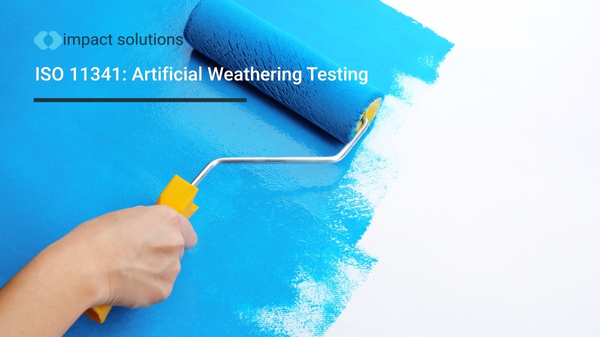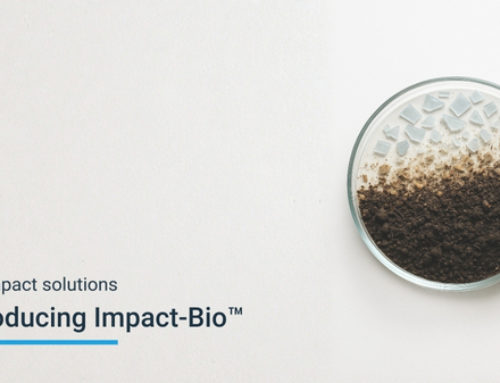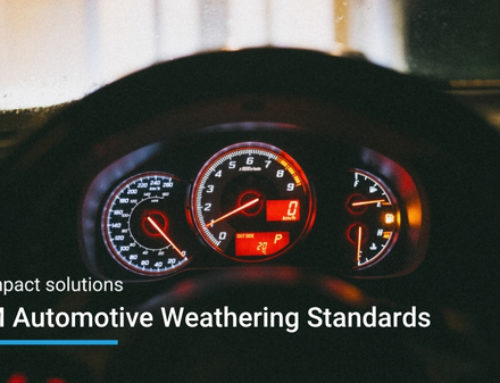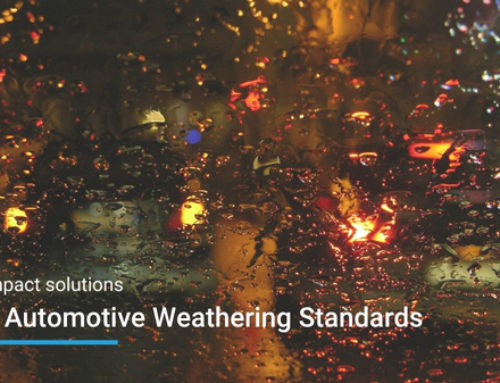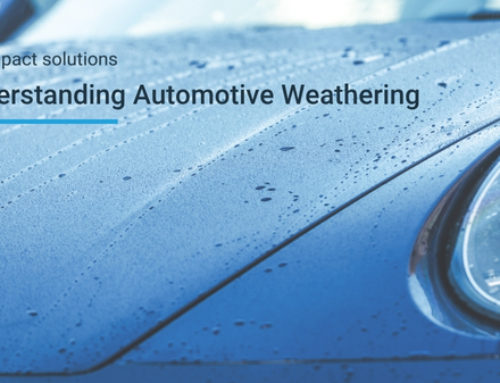When it comes to evaluating the durability of paints, coatings, and varnishes, one of the most widely recognized methods is the ISO 11341 artificial weathering test. This international standard helps manufacturers ensure their products can withstand the harsh effects of sunlight, moisture, and heat; key factors in real-world environmental exposure.
But what exactly is ISO 11341, how does it work, and why is it important for product development and quality assurance?
What is ISO 11341?
ISO 11341, titled "Paints and varnishes — Artificial weathering and exposure to artificial radiation — Exposure to filtered xenon-arc radiation", is a standardised test method used to assess the weather resistance of coatings under accelerated laboratory conditions.
Instead of waiting years to assess the effects of natural weather on a coating, ISO 11341 outlines the use of xenon arc lamps to simulate the full solar spectrum in a controlled chamber.
Why Is Artificial Weathering Important?
Outdoor exposure causes coatings to fade, chalk, crack, or peel over time. ISO 11341 helps manufacturers:
- Predict long-term performance quickly
- Ensure coatings meet industry or regulatory requirements
- Compare durability across different product formulations
- Minimise failures and warranty claims
How ISO 11341 Testing Works
Here is a quick overview of how the test is performed:
1. Sample Preparation
Coatings are applied to standardised panels and allowed to cure.
2. Test Setup
The coated panels are placed in a xenon arc weathering chamber fitted with appropriate filters to simulate daylight or sunlight through a window (depending on the application).
3. Exposure Conditions
The standard includes specific cycles of:
- Radiation intensity
- Temperature and humidity control
4. Exposure Duration
Duration can range from 500 to 2000 hours or more, depending on the desired level of stress and the product's end-use environment.
5. Evaluation
After exposure, the coatings are assessed for:
- Colour change
- Gloss retention
- Chalking or cracking
- Adhesion loss
ISO 11341 vs ASTM G155
One frequently asked question is how ISO 11341 compares to ASTM G155, a similar xenon arc test used in the USA.
While both tests use xenon arc lamps and similar procedures, ISO 11341 is typically more detailed in terms of filter selection and cycle conditions for coatings, especially in European regulatory contexts. ASTM G155, on the other hand, is widely adopted in the automotive and aerospace industries in North America.
Who Uses ISO 11341?
Industries that rely on ISO 11341 include:
- Automotive (car paints, bumpers)
- Architectural (exterior building coatings)
- Industrial (protective coatings for machinery or pipelines)
- Plastics and composite materials
ISO 11341 Testing with Impact Solutions
The ISO 11341 artificial weathering test is essential for predicting the outdoor performance of coatings in a reliable and accelerated way. Whether you are developing new paint formulations or validating product durability, testing to this standard is key to delivering high-quality, long-lasting solutions.
If you are looking to carry out ISO 11341 testing, Impact Solutions offers a UKAS accredited (no. 0402), expert-led service using xenon arc weathering equipment. Our technical team supports clients across a wide range of sectors, helping you ensure your coatings meet the required durability standards.
Impact Solutions can also tailor the ISO 11341 testing to match your product's real-world conditions.
Contact us today to discuss your testing requirements or to request a quote.
Don't forget to follow us on LinkedIn, Facebook and Instagram for updates to our services and the latest industry news.

